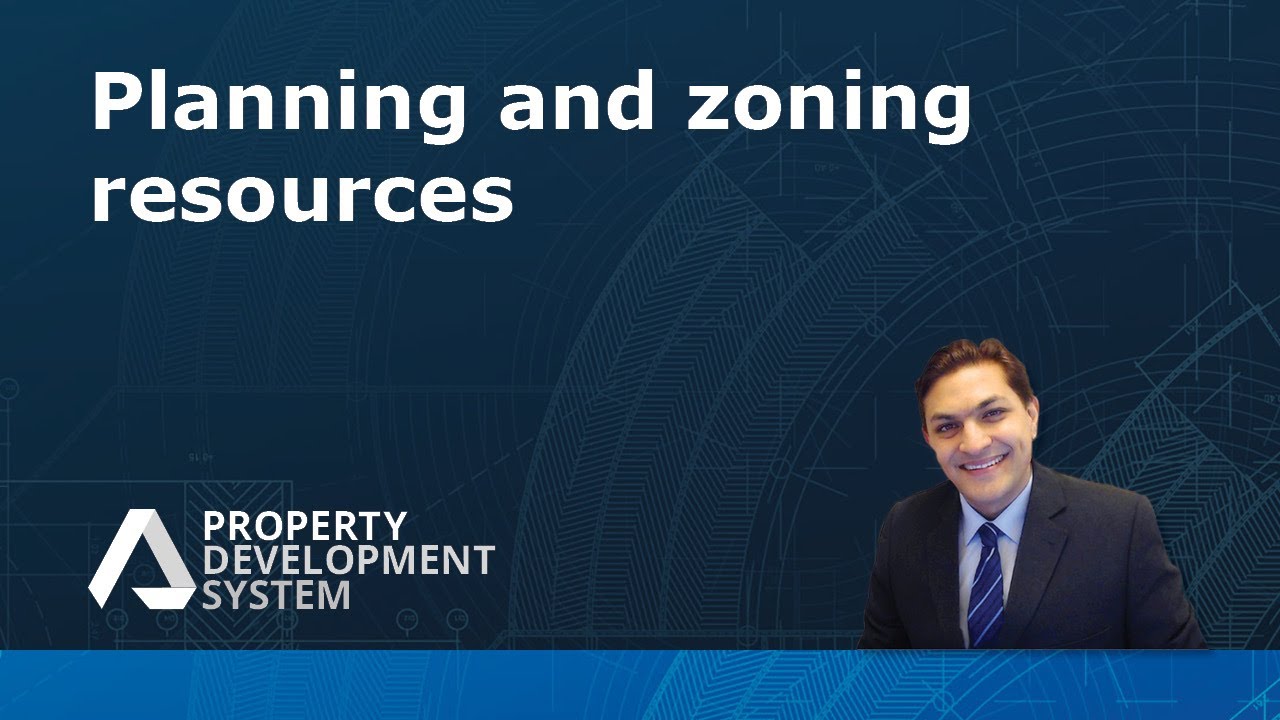Planning and Zoning Resources
Zoning and planning resources are crucial tools for urban development, offering insights into land use regulations and restrictions. They serve as foundational elements for city planning, real estate investment, and community development, ensuring sustainable and organised growth.
Zoning Maps
Websites offer details on land use and zoning restrictions.
Global Availability
Most states and countries provide such resources online.
Case Study
The London Data Store and Victorian site exemplify available zoning information.
Practical Use
Users can search zoning maps by country or state to find relevant data.
Frequently Asked Questions
How do zoning maps impact urban planning and development?
Zoning maps play a significant role in urban planning and development by outlining how land within specific areas can be used. They help in determining the types of buildings allowed, their sizes, and how they can be utilized, whether for residential, commercial, industrial, or recreational purposes. This structured approach ensures that urban development is organized and sustainable, preventing incompatible land uses in close proximity and guiding infrastructural growth. By doing so, zoning maps contribute to the efficient use of land resources, environmental protection, and the overall well-being of communities.
How can individuals utilise zoning maps for real estate investment?
Individuals can utilise zoning maps for real estate investment by identifying areas where the zoning regulations align with their investment strategy. For example, zoning maps can reveal locations zoned for residential development, commercial opportunities, or mixed-use developments. This information helps investors to pinpoint properties in areas that are poised for growth or redevelopment, assess potential land use changes, and understand any restrictions that might impact the investment’s profitability. By leveraging zoning maps, investors can make informed decisions, mitigate risks, and capitalise on opportunities within the real estate market, ensuring their investments align with local planning and development goals.
What are planning and zoning resources?
Planning and zoning resources are tools used in urban development that provide detailed information on land use regulations and restrictions. These resources help in understanding how land can be used for building, development, or preservation, ensuring that growth is sustainable and organised. They are essential for city planners, real estate investors, community developers, and anyone involved in urban development projects.
Why are zoning maps important?
Zoning maps are crucial because they give detailed insights into land use and zoning restrictions in a particular area. They help determine what types of buildings and businesses can be established in specific locations, contributing to orderly development. Zoning maps ensure that certain areas are preserved for residential, commercial, industrial, or recreational purposes, thereby promoting balanced and sustainable urban growth.
Are planning and zoning resources available globally?
Yes, most states and countries provide planning and zoning resources online, making them accessible globally. This online availability allows for easy access to detailed information about land use regulations and restrictions across different regions, aiding in research and planning for development projects worldwide.
Examples of where to find zoning information?
Two notable examples of websites offering comprehensive zoning information are the London Data Store and the Victorian site. These platforms provide case studies and detailed zoning maps, exemplifying the type of information available online for specific regions. Such resources are valuable for anyone looking to understand or utilise zoning data for planning and development in these areas.
How can users find zoning information for a specific area?
Users looking for zoning information on a specific country or state can search zoning maps available on various websites dedicated to urban planning and development. These maps are typically searchable by location and offer detailed data on land use restrictions and regulations, making it easier for users to find relevant information for their projects or research.
Test Your Knowledge
Multiple Choice Questions on Planning and Zoning Resources
1. What is the primary purpose of planning and zoning resources in urban development?
A. To provide a historical overview of a city’s growth
B. To outline the architectural styles permitted in urban areas
C. To offer insights into land use regulations and restrictions
D. To list the population statistics of urban areas
2. Zoning maps are primarily used to:
A. Track the migration patterns of urban populations
B. Offer details on land use and zoning restrictions
C. Provide directions and locations of landmarks
D. Display the demographic distribution across cities
3. The global availability of planning and zoning resources indicates that:
A. Only select countries have made these resources available online
B. These resources are exclusive to urban planners and government officials
C. Most states and countries provide these resources online for public access
D. Online resources are limited to historical data on urban development
4. Which of the following examples exemplify available zoning information?
A. The Paris Climate Agreement and Kyoto Protocol websites
B. The London Data Store and Victorian site
C. Wikipedia and Google Maps
D. The European Union’s Urban Development websites
5. How can users practically use zoning maps?
A. By calculating the carbon footprint of a given area
B. Searching by country or state to find relevant data on zoning restrictions
C. Comparing the economic growth of different urban areas
D. Estimating the future population growth in urban areas
6. The emphasis on the importance and accessibility of zoning information globally suggests that:
A. Numerical data is the focus of these resources
B. A detailed quantitative analysis is provided for urban areas
C. Insights and guidance on land use regulations are a primary focus
D. Zoning resources are primarily designed for statistical analysis
Answers:
- C. To offer insights into land use regulations and restrictions
- B. Offer details on land use and zoning restrictions
- C. Most states and countries provide these resources online for public access
- B. The London Data Store and Victorian site
- B. Searching by country or state to find relevant data on zoning restrictions
- C. Insights and guidance on land use regulations are a primary focus
Assignment
Urban Development and Zoning Resources: Practical Exercise
Objective
This exercise aims to deepen students’ understanding of planning and zoning resources and their significance in urban development. Students will explore real-world zoning maps, analyse land use regulations, and reflect on the implications of zoning practices on community development and real estate investment.
Instructions:
Exploration and Analysis:
To Do
Choose a city or region you are familiar with or interested in. Visit the local government website or use a global database like the London Data Store or Victorian site to find the zoning map for your chosen area.
Research Question
What types of zones are designated within the map (e.g., residential, commercial, industrial)? Note at least three specific zones and describe the land use regulations associated with each.
Comparative Study:
To Do
Select another city or region, preferably in a different country, and find its zoning map using a similar method as above.
Research Question
Compare and contrast the zoning regulations of the two regions. What differences or similarities do you find in terms of land use, restrictions, and the overall approach to zoning?
Impact Analysis:
To Do
Based on the zoning information gathered for the first city or region, choose a zone type (e.g., residential). Research and reflect on how zoning regulations in this area impact community development and real estate investment.
Research Questions:
How do the zoning regulations influence the type of developments that can occur in this zone?
What are the potential benefits and drawbacks of these regulations for the community and investors?
Global Perspective:
To Do
Investigate the availability of zoning information online for different countries and note any challenges or limitations you encounter in accessing this information.
Research Question
Reflect on the importance of making zoning information accessible globally. How does this accessibility (or lack thereof) affect urban planning, community development, and real estate investment on an international scale?
Critical Thinking and Reflection:
To Do
Based on your research and analysis, write a short essay (500-700 words) on the role of planning and zoning resources in promoting sustainable and organised urban growth.
Questions to Consider:
- How do zoning regulations shape the character and development of cities and communities?
- Can you identify any trends or common practices in zoning that appear to be particularly effective or problematic?
- What recommendations would you make to improve the use and effectiveness of zoning resources?
Submission Requirements:
- Provide detailed answers to all research questions, supported by examples or data where possible.
- Submit your comparative study and impact analysis in a structured format, including headings and bullet points for clarity.
- Your essay should be well-organized, with a clear introduction, body paragraphs that address the questions to consider, and a conclusion summarising your insights and recommendations.



